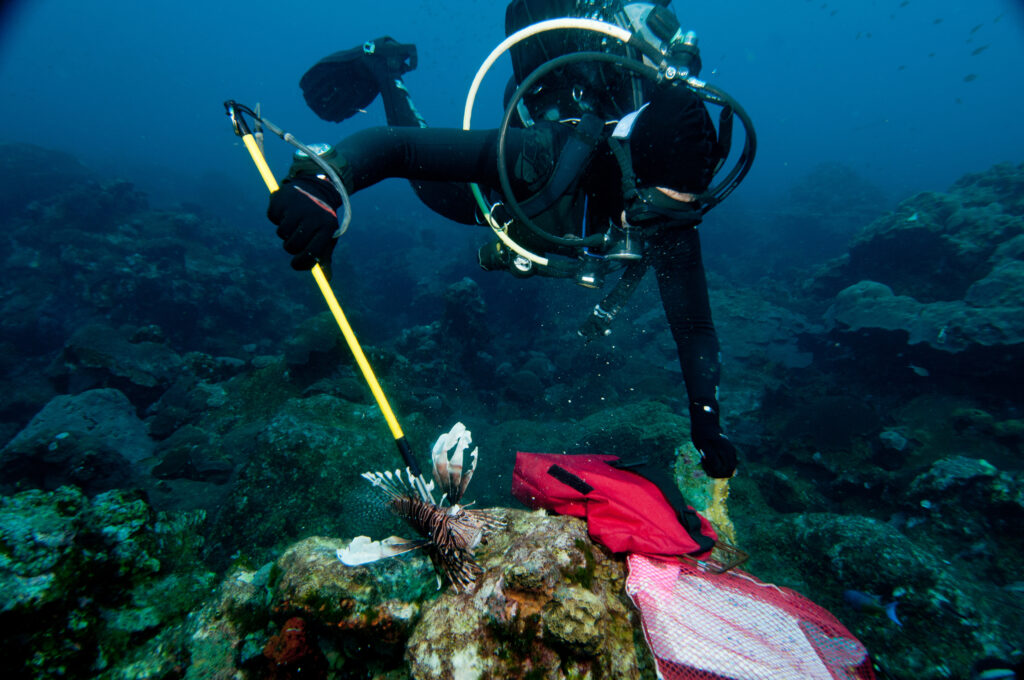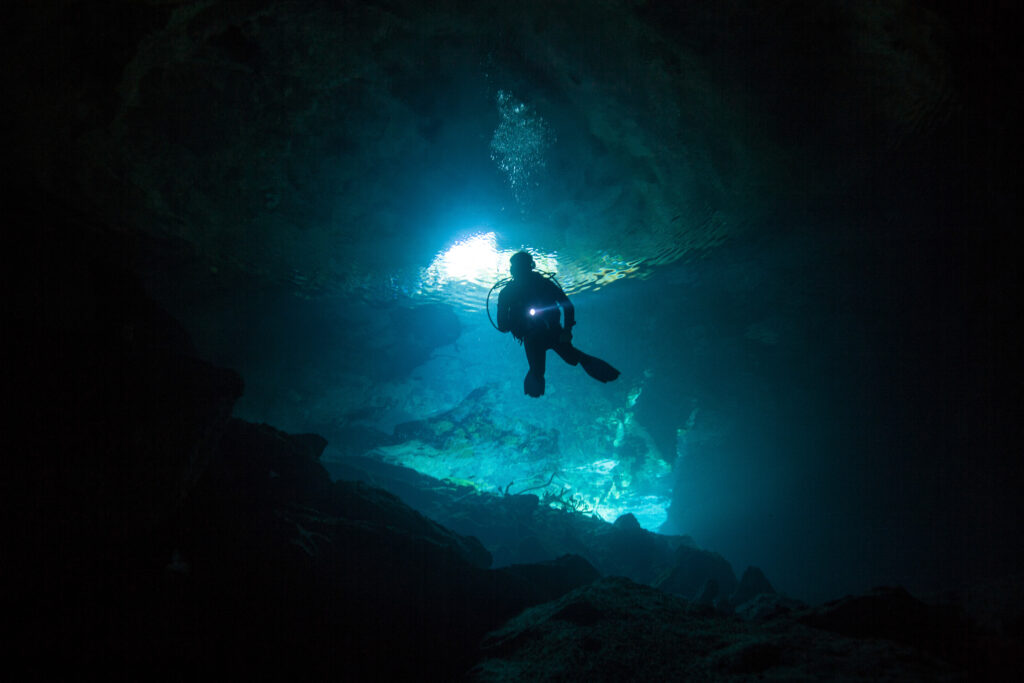What is the Professional Association of Diving Instructors (PADI)?

The Professional Association of Diving Instructors (PADI) is the world’s largest diving training organization, renowned for its comprehensive education system and certification programs. Founded in 1966, PADI has played a pivotal role in standardizing and enhancing diving training globally. With a mission to explore the underwater world safely and responsibly, PADI offers a wide range of courses that cater to beginners and experienced divers alike. Its extensive network of dive centers and professionals has made it a cornerstone of the diving industry, contributing significantly to the sport’s popularity and accessibility.
What is an Octopus Regulator?

The octopus regulator is an essential piece of scuba diving equipment, designed to provide an alternative air source in the event of an emergency. This spare demand valve is connected to the first stage of a diving regulator, ensuring that divers can continue to breathe even if their primary regulator fails.
What is Entry when Scuba Diving?

Entry techniques in scuba diving are critical for ensuring diver safety and environmental preservation. Proper entry methods allow divers to enter the water with minimal risk of injury and help protect marine environments from damage. Understanding and mastering various entry techniques is essential for divers of all skill levels, as it impacts both the initial moments of the dive and the overall diving experience.
What is Octopus Breathing?

Octopus breathing is a critical concept in scuba diving that refers to the use of a secondary breathing apparatus, known as an “octopus,” which allows divers to share air in emergency situations. This technique is an integral part of dive safety protocols, providing a reliable method for a diver to offer their breathing gas to a buddy who may have run out of air or encountered a malfunction with their primary regulator. The octopus system is designed to be easily accessible, typically color-coded, and positioned within reach to ensure quick deployment when needed.
What is a Hang Tank?

A hang tank, also known as a decompression tank, is an essential piece of scuba diving equipment designed to enhance diver safety and convenience during decompression stops.
What is a Dive Flag?

A dive flag is a crucial piece of safety equipment used in scuba diving to signal the presence of divers in the water to nearby boats and other watercraft. It is typically a brightly colored flag that can be easily seen from a distance, usually featuring a red background with a white diagonal stripe or a blue-and-white Alpha flag. The primary purpose of the dive flag is to prevent accidents by informing others in the vicinity that divers are below the surface, thus promoting safe diving practices and reducing the risk of injury or fatality. Understanding the use and significance of the dive flag is essential for both divers and boaters to ensure a safe and enjoyable experience in the water.
Can you get Hypothermia when Scuba Diving?

Can you get Hypothermia when Scuba Diving? Hypothermia is a medical condition characterized by a drop in the body’s core temperature below its normal range, which can occur during activities in cold environments, such as scuba diving. In the context of scuba diving, hypothermia poses significant risks to divers and can lead to serious complications, […]
What is a Primary Light?

A primary light is an essential tool for scuba divers, serving as the main source of illumination during underwater excursions. The role of a primary light extends beyond simply illuminating the surroundings; it enhances visibility, aids in navigation, and significantly contributes to safety. Whether diving in murky waters, exploring intricate underwater caves, or embarking on a night dive, a reliable primary light ensures that divers can see their environment clearly, identify potential hazards, and communicate effectively with their diving partners. Understanding the importance and functionality of primary lights is crucial for anyone engaging in scuba diving activities.
What is an Inflator Valve?

An inflator valve is a crucial component of scuba diving equipment, particularly in buoyancy compensators (BCDs), allowing divers to adjust their buoyancy underwater. By adding or releasing air into the BCD, divers can achieve neutral buoyancy, making it easier to maintain their position in the water. The inflator valve’s functionality directly influences a diver’s control and safety, making it an essential element for any diving expedition.
What are Diving Signals?

Diving signals are the primary means of communication between divers when they are underwater. Unlike the surface world, verbal communication is impossible underwater due to the limitations imposed by the diving environment, such as water density and the need for breathing apparatus. As a result, divers rely on a well-established set of visual and tactile signals to convey messages. These signals are essential for ensuring safety, coordinating activities, and sharing observations during a dive. The development and standardization of these signals have been critical to the advancement of both recreational and professional diving, allowing divers from different backgrounds and experiences to communicate effectively.
